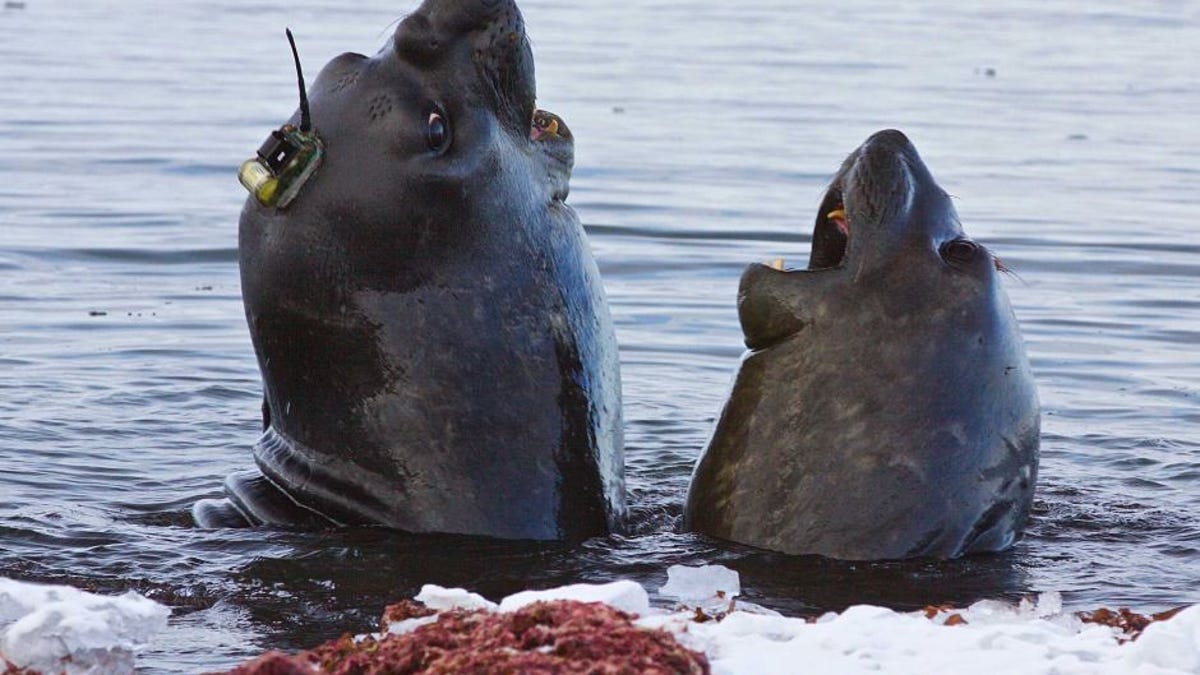Seals wear tiny hats to study Antarctic oceans
Scientists have found out a lot more about the melting of Antarctic ice shelves thanks to elephant seals wearing satellite trackers on their heads.
The Antarctic is freezing cold, and ice both above and below the surface of the water can block routes and prove hazardous for boats and equipment. Autonomous underwater vehicles are making some progress, but a team of researchers also turned to another solution to gather data -- the animals that inhabit the Antarctic.
Led by Guy Williams of the University of Tasmania, Australia, the team this week released the results of their research in the journal Nature Communications, the ABC has reported.
The team wished to study the effect of melting ice shelves on Antarctic bottom water in East Antarctica's Prydz Bay. If something happens to the bottom water, it affects the entire globe.
Previous studies have found that the production of Antarctic bottom water is changing. Williams' team wanted to find out if these changes were caused by the increased melting of ice shelves as a result of climate change, but capturing the data was a problem. In a previous study, they tried attaching sensors to a single seal, but did not get enough data to be worth studying.
Between 2011 and 2013, they studied data from around 20 elephant seals, tagged by other research teams who were trying to study the animals' movements. This allowed the team to collect several months' worth of ocean data from the seals hanging out in Prydz Bay from March to October, the coldest time of the year, when it is inaccessible by ship.
This data allowed the first complete assessment of dense shelf water formation in the bay. It confirmed the region as the fourth where Antarctic bottom water is produced. It also confirmed the team's concerns.
"This study suggests the more ubiquitous process of enhanced ocean/ice shelf interaction could be a far greater long-term threat to Antarctic bottom water production," the study reads.
"Given the growing number of reports of accelerating and irreversible mass loss from Antarctica's major ice sheets linked to increased oceanic heat input, it is likely that Antarctica's AABW production is already compromised and will decrease further into the future."
The team will be conducting further research to try and understand the complexity of the system and hopefully gain some insight into how much the bottom water is already affected.


